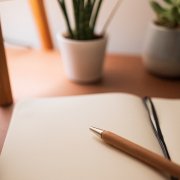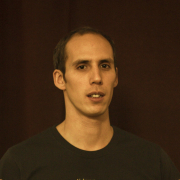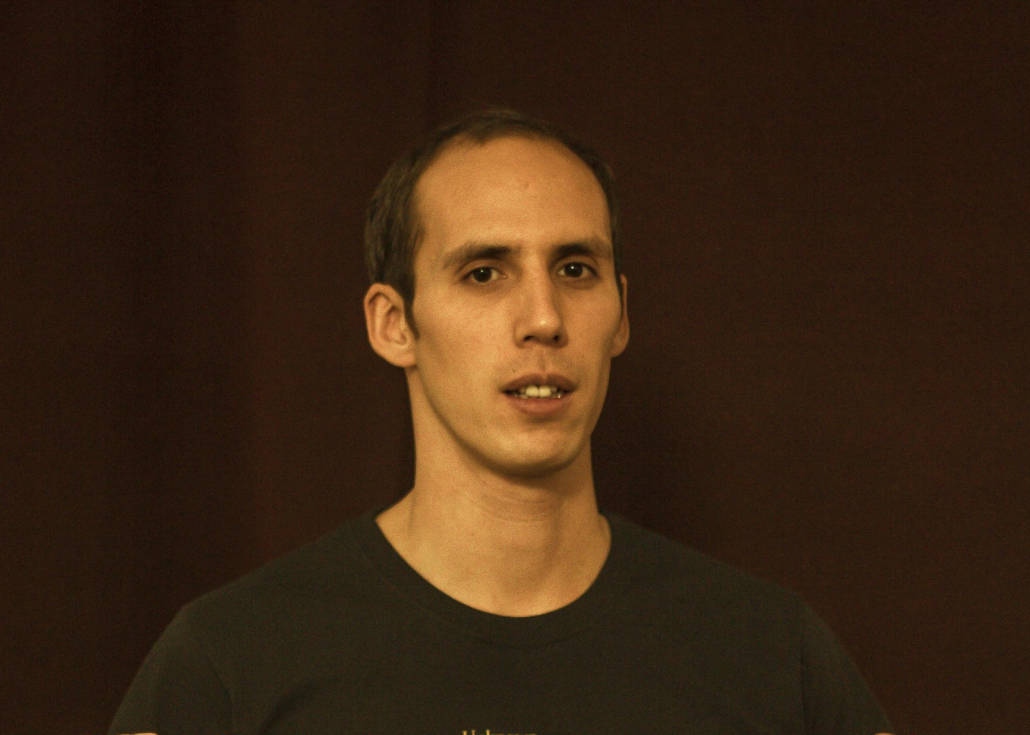Hello and welcome to day 29 PSYJuly 🙂 Can you believe it? We’re almost at a close!
Today we have a post from my friend and fellow Berlin based psychedelic enthusiast David Heuer. I first met Dave at Beyond Psychedelics in 2018, when we both showed up for pre-conference psychedelic facilitation workshop with Bill Richards, and since then Dave has guided many group integration processes with the MIND foundation, and I am happy to share some of his insights today…
Insights on The Power of Groups in Psychedelic Integration
Psychedelic experiences are a naturally occurring and potentially awe-inspiring part on the spectrum of human experiencing (and beyond). Due to the increased interest in psychedelics, and the challenges that come with new attempts on trying to embed and legitimize their usage in (post)modern societies, the concept of psychedelic integration has become a prominent buzzword in different groups within the psychedelic field. A range of varyingly specialized providers are offering psychedelic integration coaching and therapy, handbooks, workbooks, and courses on the topic, as well as many different ideas on what it should entail.
Instead of trying to give a concise definition of what psychedelic integration might be, I want to share with you some insights coming from four years of developing and facilitating various psychedelic integration formats. At MIND Foundation we are currently offering a 5-day group intensive, and a 6-week online course. The main goal is to support all participants in developing a beneficial stance towards their psychedelic experiences. I want to focus on a core aspect, which both formats share, that I’d like to explore a little deeper with you here. It is the social aspect of psychedelic integration, namely, coming together in a group of like-minded people.
Psychedelic Integration and the Need to Connect
Psychedelic experiences can be very intense, also accounting for the deep sense of unity and connection that we might be blessed to feel for the time being. Were you ever taken by such a deep sense of connection? Or any other experiential quality that addressed your whole being tremendously? In which way could you express this feeling at the time?
While it is often the case, that we are having the experiences mostly internally (depending on the setting of course), the urge to connect with others through our experiences is very common.
What I am experiencing in my work as a psychedelic integration facilitator, really as a human being in general, is that we all want to be seen, be heard, be witnessed and provide that for others, too. The idea of coming together in a circle is probably at least as old as human beings. And the main reason for that is the sheer power of shared presence and connection.
How Can We Connect in Deeper Ways?
When we enter the port together as fellow psychonauts, who sailed the same ocean but on different routes and different vessels, we are still sharing a certain way of experiencing. Why is the tavern such a highly frequented place? Because finally, the sailor can share all the stories of monsters conquered and tides survived.
The (partial) ineffability of psychedelic experiences is partly due to the lack of context, we can normally give. What we can “say” about a psychedelic experience can feel like faint glimpses of the density and intensity of the actual experience. However, finding ways to express these experiences (also going beyond words!) can still have a range of positive effects.
In a sense, psychedelic integration boils down to learning from psychedelic experiences (and applying the lessons). While this is something we have to do individually, the social dimension of psychedelic integration is not to be underestimated. Integration circles are a basic and powerful format to connect with our experiences and others to achieve a greater sense of wholeness.
Beyond the idea of coming together and sharing, structuring such a process can help to fully harness the power of group dynamics and personal exploration. In BEYOND EXPERIENCE and Footsteps, we are combining personal exploration through various means with a multitude of interaction methods to create a rhythm and space, where ‘missing pieces’ can be found and assembled to an (ever-evolving) personal integration puzzle.
How Being in Groups May Facilitate Deeper Integration Processes
Here are a few factors, why semi-structured group processes can help with psychedelic integration:
✔ Time to get to know each other deeper, in a structured way, providing a bigger context from which we can be understood in more width and depth.
→ Guiding questions for showing ourselves and being seen could be: What were significant biographical incidents in my life? How extensive is my experience with altered states? Do I engage in any spiritual practice? What are my core values? Etc.
✔ Deep listening processes / mirroring.
→ Practicing our capacity to listen deeply to another’s sharing and being mindful about any sensations and thoughts that come up without being reactive can help us attending to our own experiential content in the same way (compassion as encompassing).
✔ Combining integration mediators, e.g. creative expression (painting etc.) can mediate integration processes by allowing non-verbalized content to emerge.
→ Doing this in a group is adding even more layers to this. Sharing about a creative expression, group members can (consensually) share their perspective and felt resonances. Often what we can’t see ourselves is most apparent to others.
✔ Normalization of psychedelic experiences.
→ To be able to speak openly about your experiences with like-minded people can be liberating in itself.
✔ Diversity of phenomenology, often shared values.
→ Coming in contact with a wide range of different psychedelic experiences, puts our own story in perspective. At the same time, connecting with all the similarities and differences we have, can assure us of being okay the way we are. Harmony doesn’t mean smoothing out the edges
✔ Being seen in a more holistic way.
→ Making changes and ‘doing something’ with our experiences is only one aspect of psychedelic integration. It is at least equally important to simply take time for our integration processes and not be focused on any outcome. Even in times where we are apparently not doing anything, nothing is left undone.
.
About David
David A. Heuer is MIND Foundation’s integration program manager, project leader, and a key contributor to the BEYOND EXPERIENCE workshop. With a deep interest in the complex processes involved in integrating psychedelic experiences, he is co-developing the Integration & Augmented Psychotherapy Training and creating other multi-modal formats like the Footsteps webinar.
In 2020, he graduated from the University of Hildesheim with a Master of Arts in intercultural philosophy and arts. With a master’s thesis focusing on the notion of “experience” and its implications for understanding psychedelic integration, his main research interest lies in bridging theoretical and practical aspects of psychedelic integration work. David is a psychedelic integration counselor, intercultural philosopher, gestalt practitioner, author, and workshop facilitator.
With his work in MIND, he wishes to contribute to a culture of psychedelic integration that advances the creation of diverse beneficial contexts for a well-informed, skilled, and supported engagement with psychedelic experiences.







